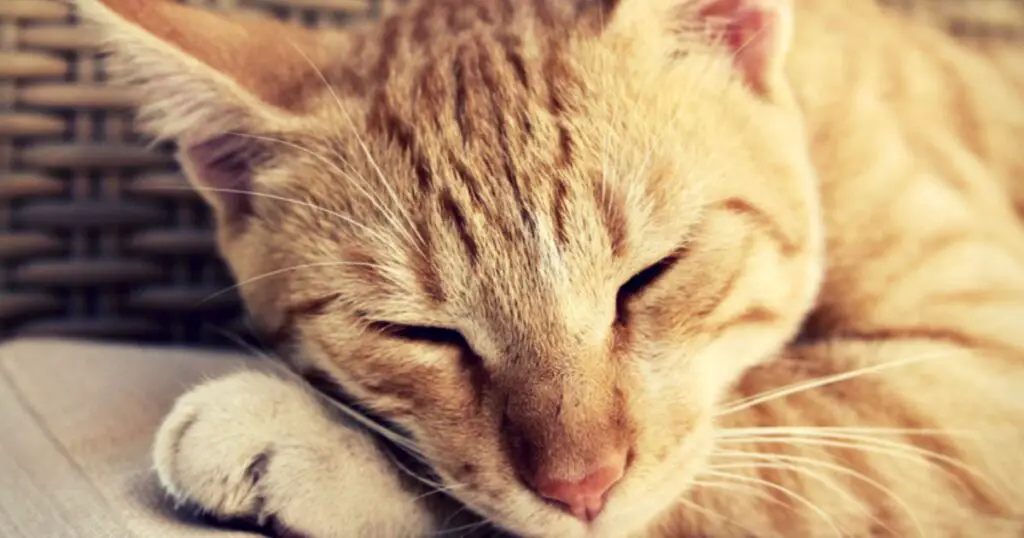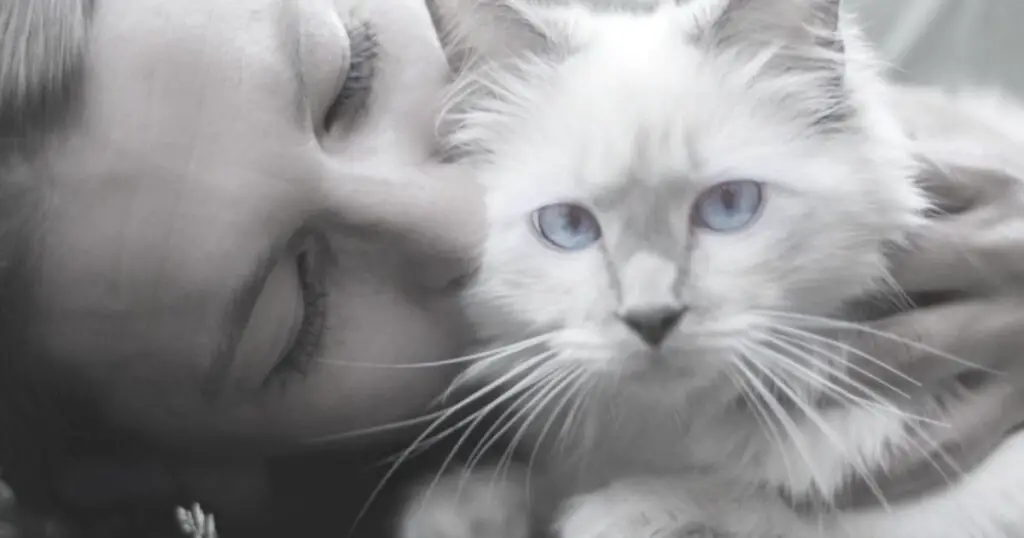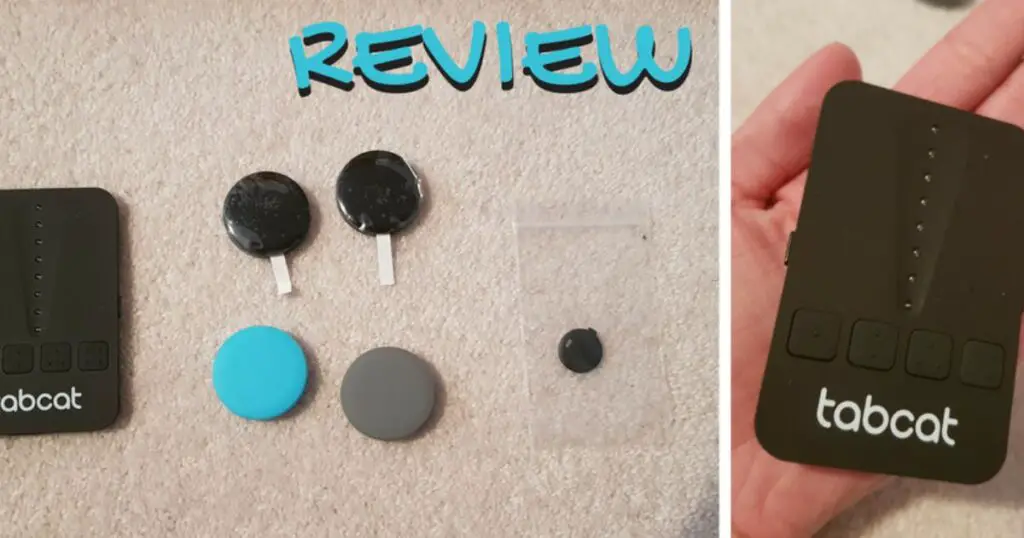Do you want to prevent your cat from going missing, getting lost, or wandering too far? The thought of your cat going missing or getting lost is probably one of your worst nightmares, and you’re probably wondering what you can do to prevent your beautiful and beloved cat from vanishing and leaving you lost for words.
It’s very sad that cats go missing, but so many cats get found and reunited quickly. They’ve usually got stuck up a tree or inside a nearby shed, but many cat owners don’t want to take that risk. It’s also a very stressful time for us cat owners, so it’s often better to be safe, rather than sorry.
Fortunately, there are steps you can take to prevent your cat from going missing in the first place, and a responsible cat owner will do all they can to protect their little fur-babies.
How to Prevent your Cat from Going Missing or Getting Lost
You will learn:
- The importance of microchipping and pet insurance
- How to make a plan to find a missing cat
- Why taking photos of your cat(s) is beneficial
- An introduction to cat trackers and escape-proof gardens
This article is for preventing a cat from getting lost. If your cat is currently missing, then read this guide on how to find your lost cat instead.

Here are 9 things you can do to prevent your cat from going missing, getting lost, or wandering too far.
1. Get your Cat Microchipped
There are so many benefits of microchipping. If your cat is microchipped, they stand a much better chance of being found if they do wander off. Kitten owners generally get their cats chipped at the same time as neutering. By doing so, they’re protecting their cat for life.
Microchips can be detected by vets and animal shelters who have hand-held scanning devices used to detect the chip. The chip is connected to a database that contains your contact details, should the cat get lost or go missing. The vet or animal shelter can then contact you to reunite you and your lovely cat.
Standard microchips used by vets don’t mean that your cat is traced wherever s/he goes, but it means that if your lost cat gets found then s/he’ll likely be scanned for a microchip. All vets and shelters have access to a scanner, even some volunteer cat rescuers have them.
The cost of microchipping can vary depending on which country you live in. It should be around $25-50 in the US. If you’re on a low income, then you may be able to get help with some of the cost from an animal charity.
So so so so many missing cats are not microchipped, so their chances of being reunited with their owners is slim to none. Don’t take the risk. If your cat isn’t microchipped, contact your vet immediately.
2. Neuter/Spay Your Cats
Cats who are neutered are less likely to wander far. Their instinct to roam is restricted by neutering, making their homing instinct stronger.
Again, there is sometimes financial support available for the procedure if you’re on a low income.
Male cats, in particular, are likely to roam far to respond to the calls of a female. By ensuring that your cat is neutered (or spayed if she’s female), you’re significantly reducing the chances of him/her going missing in the first place. Getting your cat neutered is a big part of responsible cat ownership.
Cats need to be kept indoors for a short time after the procedure, before you can re-introduce them to the outside gradually. Female cats will have a shaved patch on their side and several stitches, but they will recover quickly.
3. Take Lots of Photos of your Cat(s)
This is really important, as if your cat does go missing then you’ll need a good set of photos to show people or to share on social media. If you’re an Instaholic, then this is a good task for you to do right now!
Take photos of your cat from different angles, a front-facing photo and a profile (sideways-facing) photo. Also, take a close-up of his/her face and a photo from a distance. If your cat has any distinctive markings on his/her fur, then take photos that clearly show these too.
If your cat is wearing a collar, then ensure the collar is on show in the photo (although, collars may fall off…). Remove the collar from your car and photograph the collar separately, in case you need it for identification.
Store all of these photos in safe place on your computer and phone, or any other device you have. Keep them in a separate folder so you don’t have to scroll through loads of photos to find them, should you need them in a panic.
It’s also worth printing a handful of photos too, keeping them in a safe place should the unthinkable happen and your cat goes wandering too far.

4. Take out Pet Insurance
Consider taking out a pet insurance policy for your cat(s). If you have insurance, you could be entitled to compensation if your cat goes missing.
Insurance can also help cover the cost of printing posters and leaflets to help find your lost cat, they may also provide a service where they contact all the local vets and shelters, notifying them that a local cat has gone missing.
Many pet insurance providers are also connected to national databases of missing cats, so if yours is reported as missing, your insurance provider will update all of these national databases, saving you a big job.
This all depends on what level of cover you have, but having a good insurance policy in place can save you a lot of hassle if your cat goes missing.
5. Make a Plan
This one should excite all you planners out there! Make an emergency plan for your household in the event of your cat going missing. Read our guide on how to find a lost cat and put a plan in place.
Decide who in your household/family will do what, and in what order. For example, when my cat was lost, I created posters, fliers and posted online when my partner was checking our neighbor’s gardens and sheds. When we did door-knocking, I did one side of the block and my partner did the other.
We didn’t have a proper plan in place. We ended up overlapping a bit and duplicating each other’s work, which wasted time and annoyed our neighbors. If we have a plan ready to go, then we would have been more organised in the search for our missing cat.
6. Put a Distinctive Collar on your Cat
If your cat will tolerate wearing a collar, then get him/her a safety collar that’s brightly colored or distinctive. Amazon has a great selection of stylish and distinctive collars for your cat at very reasonable prices.
For safety reasons, I prefer to put collars on my cats that ‘snap’ closed with a clasp, rather than being done up with a buckle, like a dog’s collar. That way, if the cat is stuck in a tree and the collar gets caught, it will snap off and avoiding injuries to the cat. I’ve actually lost a few collars, well, the cat has gone out wearing a collar and come back without it, but I’d rather be safe than sorry.
Warning: Do not put collars on kittens who are younger than 6 months old. Most collars are designed for cats aged 6 months or older.
Having a distinctive collar will make your cat stand out and easier to describe to people should s/he go missing. A brightly colored collar also makes your cat easier to see in the dark, for example, if your cat is near the road then drivers will be able to see his/her bright collar too!
7. Make Friends with Your Neighbors
This is vital if you want to prevent your cat from getting lost. Being on your neighbors good side can mean the difference between your cat getting found and him/her staying lost. Unfriendly neighbors are the worst when you’re looking for a lost cat, as they’re not always willing to help or check their outbuildings, etc.
If you have neighbors who don’t like cats, that’s OK. They’re making friends with you, not your cats. If they trust and like you, then they’ll understand your plight if you end up having to search for your cat and be more willing to help.
Most people are very willing to help in the case of a missing pet, so there’s usually nothing to worry about, but it certainly can’t harm to make friends with the neighbours. Let them get to know your cats too!

8. Invest in a Cat Tracking Device
If you want to be really sure that you’ll be able to find your cat if s/he goes missing, then do all of the above and invest in a cat tracker.
There are different types available to suit different budgets. The most popular brands include Tab Cat, Tractive and Whistle.
Read our detailed Cat Tracker Reviews here, or check out the Best Cat Trackers of 2018!
9. Escape-proofing your Home and Garden
This takes things quite far, but it’s the cat owner’s decision. Cats should be able to roam freely, but in certain circumstances, this isn’t appropriate. If you’ve rescued a previously traumatised cat, if the breed of cat you have is at risk of being stolen or if you can’t let your cat roam freely for any other reason, then escape-proofing could be an option for you.
Quite simply, you could keep your cat indoors. This is frustrating for you and the cat, especially if s/he is determined to get out at any cost. It can be challenging if you want to open windows and doors during warm weather, or if your cat frantically meows at the door asking to be let out.
Another option is to have fencing that slopes inwards at the top, effectively creating an enclosed yard space. The fencing needs to be very tall, have no ridges for the cat to use to climb over it, and no gaps.
Depending on the size of your yard or garden, this could be a considerable expense. You need to weigh up whether you can allow your cat to roam, keep him/her indoors, or the expense of installing escape-proof fencing.
Cats can climb and use anything to get out if they’re determined enough, they could dig, or use a roof or garden furniture to attempt an escape. Basically, cats want to roam, so tracking collars or chips are a better option in my opinion.

Prevention is Always Best.
So, there are 8 things you can do to help prevent your cat from going missing, getting lost or generally wandering off too far. If you found this guide useful, don’t forget to share with your cat-owner friends and spread the word! It can save people a lot of stress in the long run…
Until next time…
This post contains affiliate links. That means that, at no extra cost to you, we may receive a small commission if you buy a product using one of the links on this page. Read our full disclosure here.



